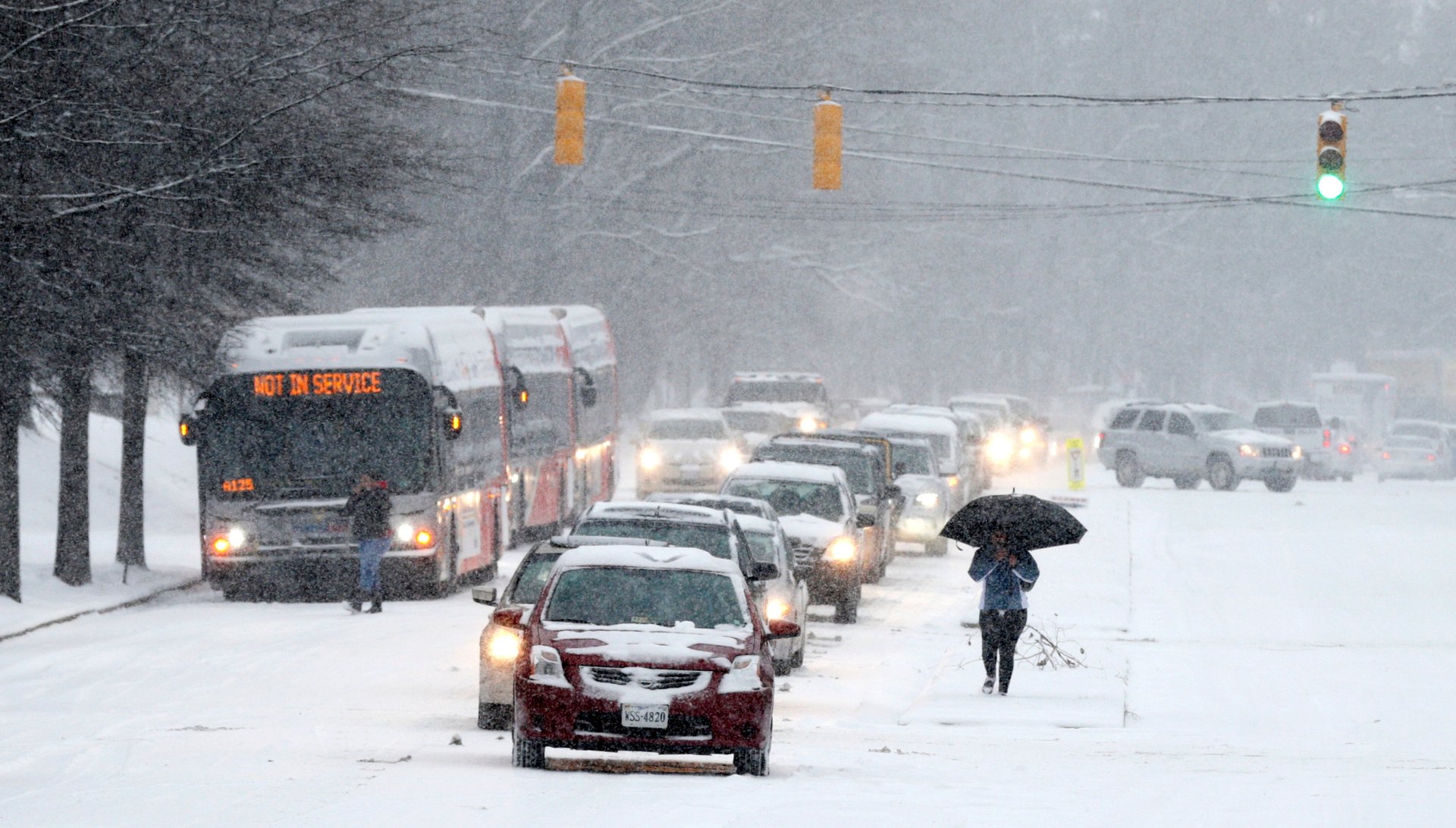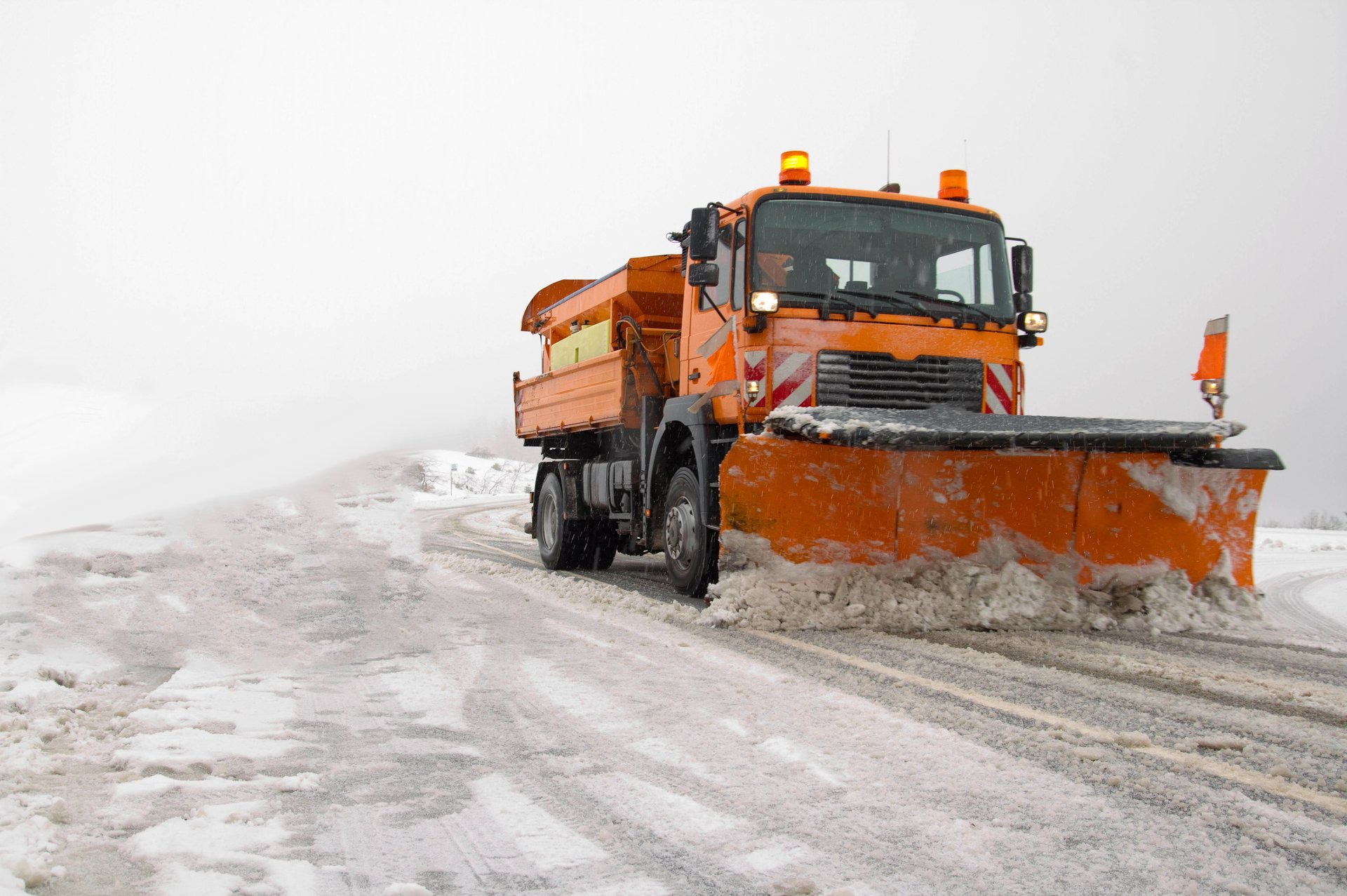Microsoft is enabling Alaska to reduce car deaths on icy roads
Around eight years ago, when he was still a station foreman at Alaska’s department of transportation, Dan Schacher noticed that winter temperatures began fluctuating between very cold and the kind of cold that causes a mixture of rain and snow to hit freezing concrete and turn into ice. ”This year we had a rain event in January where we got six-tenths of an inch of rain, which is absolutely unheard of, at this time of year,” Schacher said. “Even the old timers don’t remember very many of these events.”


Around eight years ago, when he was still a station foreman at Alaska’s department of transportation, Dan Schacher noticed that winter temperatures began fluctuating between very cold and the kind of cold that causes a mixture of rain and snow to hit freezing concrete and turn into ice. ”This year we had a rain event in January where we got six-tenths of an inch of rain, which is absolutely unheard of, at this time of year,” Schacher said. “Even the old timers don’t remember very many of these events.”
Now the DOT’s Fairbanks District maintenance superintendent, Schacher finds that relying on intuition and experience no longer suffice to plan road maintenance. In partnership with internet-of-things company Fathym, he instead relies on data collection and machine learning.

Fathym helped Schacher equip his fleet—including snow plows and light-duty vehicles—with a system of mobile sensors that track road temperature, precipitation, and pavement conditions. During the standard workday, the sensors feed data back at three-second intervals to Fathym’s analytics platform, WeatherCloud, which runs on top of Microsoft’s cloud services. The platform churns out real-time and forecasted road weather conditions that supplements the weather service’s air temperature and overarching forecast and the data from 63 other existing road weather information systems in the area.
If WeatherCloud shows heavier ice, say, north of town than south, Schacher’s crew members know to distribute chemicals accordingly. If it shows a three-day forecast of plummeting temperatures, they know not to use chemicals to melt the existing snow, which would risk forming rather than getting rid of ice. “It’s very intuitive,” Schacher says.
In addition to saving the DOT money, these decisions can have life or death significance. Icy roads cause more than 150,000 car crashes in the US each year, injuring nearly 39,000 people and killing over 550. Though he hasn’t yet measured the impact of adopting WeatherCloud, Schacher points to a 2014 American Highway Users Alliance study, which found that de-icing four-lane roads reduced accidents by 93%. “We’re hoping to see numbers like that,” he says.
Alaska’s DOT is Fathym’s first WeatherCloud customer. As climate change intensifies and increases the frequency of extreme weather events, both Fathym and Microsoft hope to replicate their work with Alaska in other states and abroad. In January, the “bomb cyclone” covered roads across the US’s eastern seaboard with treacherous levels of ice, snow, and slush, and led to several deaths.